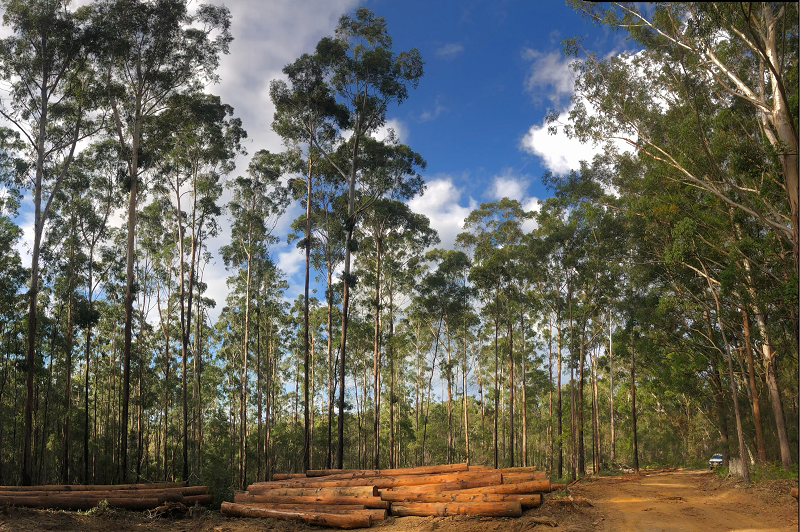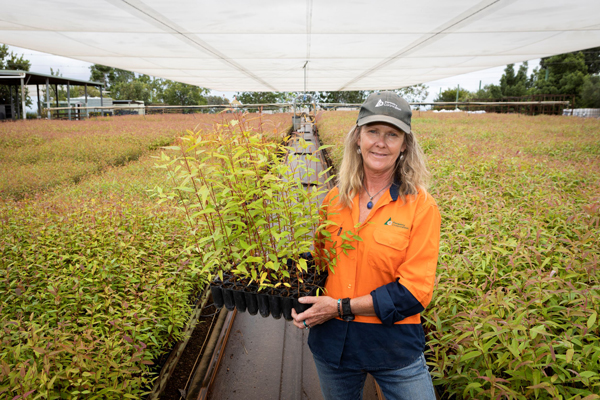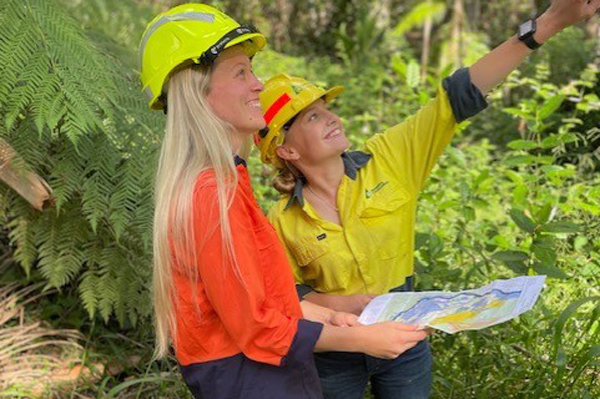
Kiwarrak State Forest
Kiwarrak State Forest contains both hardwood timber plantations and native forests. Follow the links below to find out more about these different types of forests. Each operation has its own harvest plan, available on our Plan Portal.
Planning process - native forests
There are detailed environmental protections in place during all forestry operations in NSW. We spend many months completing a thorough planning process ahead of every operation. Read about the planning process for native forest operations.
Watch the video below for a summary of the planning process.
Planning process - hardwood timber plantations
Plantations are planted specifically for timber production and are not naturally occurring native forests. Read more about hardwood timber plantations
The video below describes how plantations and native forests are managed.
Koalas
Kiwarrak State Forest is known to have a strong population of koalas. Koala habitat has been mapped across the landscape and we follow strict rules that specify the number and type of koala feed trees to be protected in each area. This means that preferred koala feed and habitat trees are protected. We also carry out targeted ecology surveys and broad area habitat searches and operators inspect trees before felling and immediately apply a temporary stop to operations if a koala is detected within a harvest area. Long-term independent research has shown these prescriptions provide a high level of protection for koalas. More about koalas on the north coast.
Current operations
We manage State forests to balance multiple uses, including environmental conservation, tourism and renewable timber production.
Visit our Plan Portal to view a 12-month plan of operations indicating the areas where planning is underway and to access detailed harvest plans. You can subscribe to any plans that you are interested in to be updated on progress.
There may be some temporary closures during operations. For the latest information on closed areas, please visit the closures and notices page on our website.

